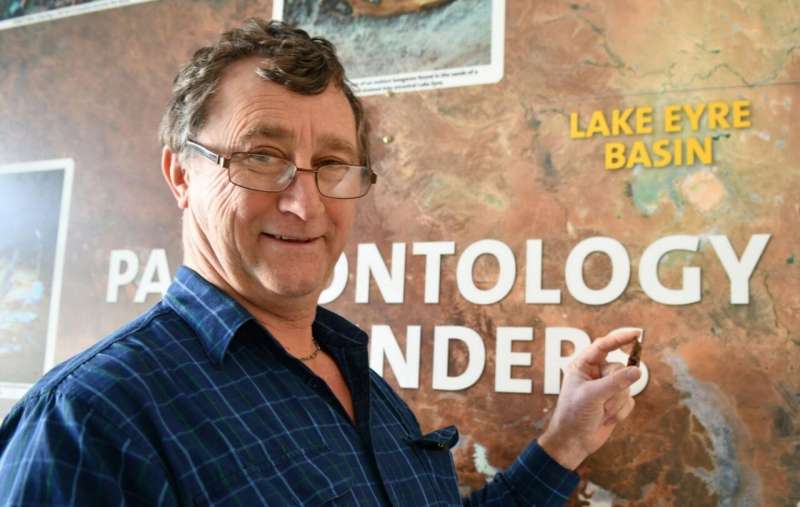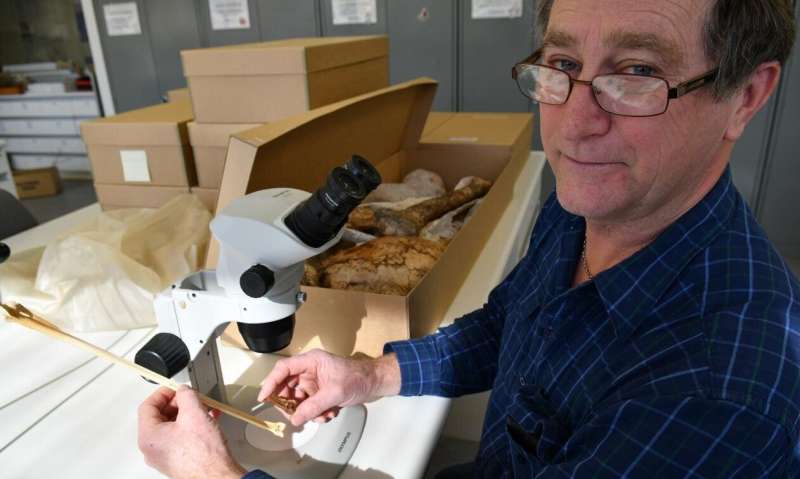No leg to stand on for Australia's flamingos

The sweeping pink salt lakes across Australia's interior are all that remain of the lush green places three species of pink flamingos once thrived the outback.
Some much larger than flamingos now found in Africa and other parts of the world, Australian flamingos enjoyed a range of freshwater habitats for about 25 million years, Flinders University researchers say.
After several Ice Ages and millions of years, the last Australian flamingos died out about 140,000 years ago as the inland lakes disappeared due to climate change.
"The once verdant interior of the country dried out during the last two Ice Ages," says Associate Professor Trevor Worthy, an expert in fossil birds of Australia and New Zealand.
"Feeding on tiny crustaceans, which gave them the familiar pink color, these birds evolved to live in shallow lakes and breed during the seasonal blooms of algae and zooplankton. But when all the lakes dried up, the flamingos were doomed."
A complete scientific list of all fossil birds in Australia has been published in Transactions of the Royal Society of South Australia, attracting considerable interest from researchers.
While Australia has about 936 species of living birds, the work published by Flinders University Associate Professor Worthy and ARC DECRA bird researcher Dr. Jacqueline Nguyen includes nearly 100 bird species known from fossils.

"Flamingos are just some of the bird diversity lost in Australia's history," says Associate Professor Worthy, who hopes the list will stimulate future study of ancient extinct birds.
"What we show is that there is much yet to learn about the evolution of Australia's birds through more work on the fossils described so far.
"It shows we know very little about the evolution of important Australian groups such as raptors, pigeons, parrots and songbirds. In fact, there is much yet to learn about land birds generally," says Associate Professor Worthy.
Dr. Nguyen says: "Our understanding of Australian birds is enriched by the fossil record, which offers a unique window into past bird diversity."
"This list covers the amazing range of fossil birds that once lived in Australia, such as flamingos and giant penguins, but it also reveals the gaps in our knowledge. We see it as a challenge to fill those gaps."
More information: Trevor H. Worthy et al, An annotated checklist of the fossil birds of Australia, Transactions of the Royal Society of South Australia (2020).
Provided by Flinders University


















